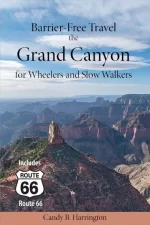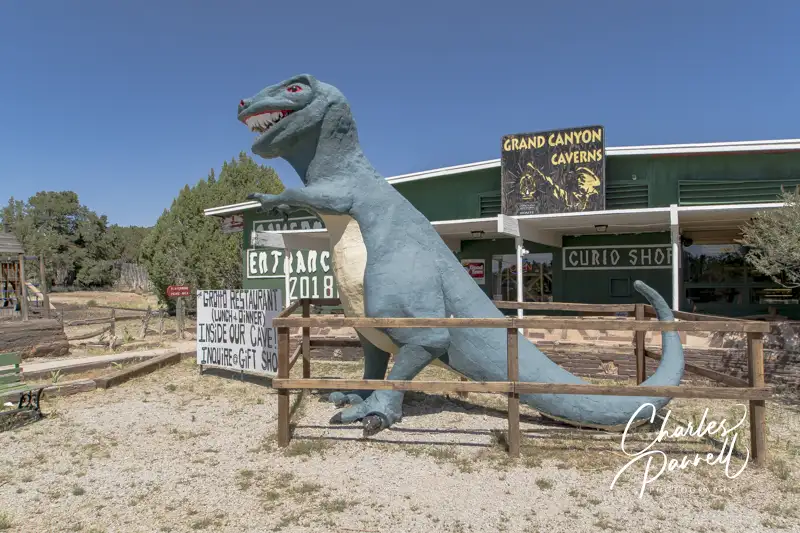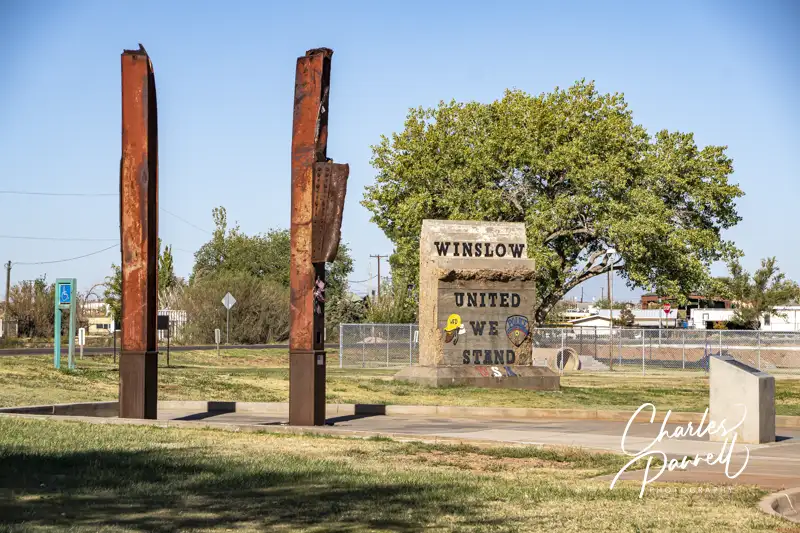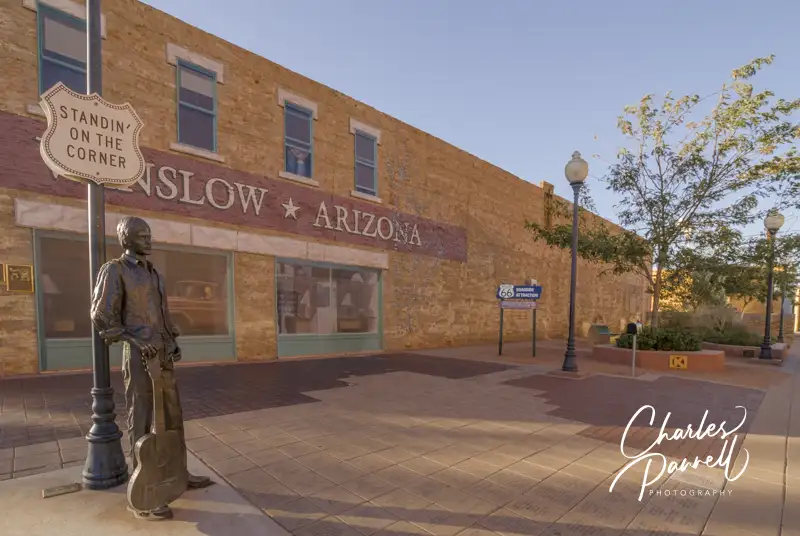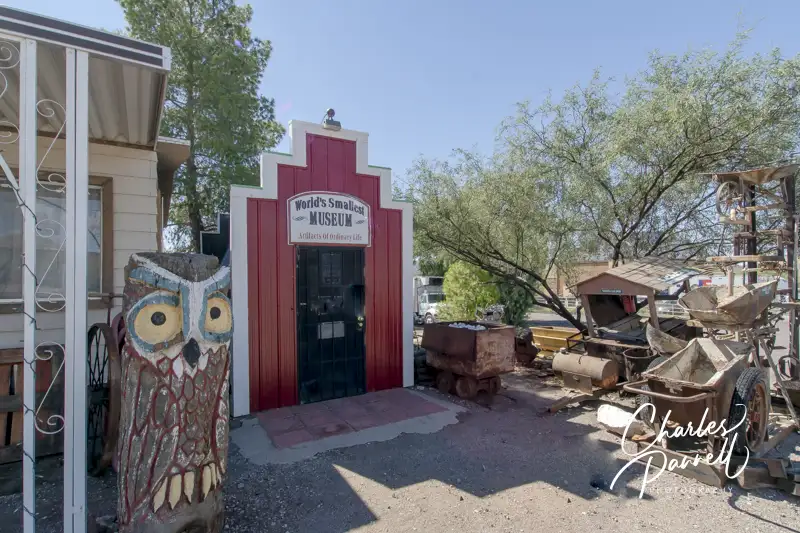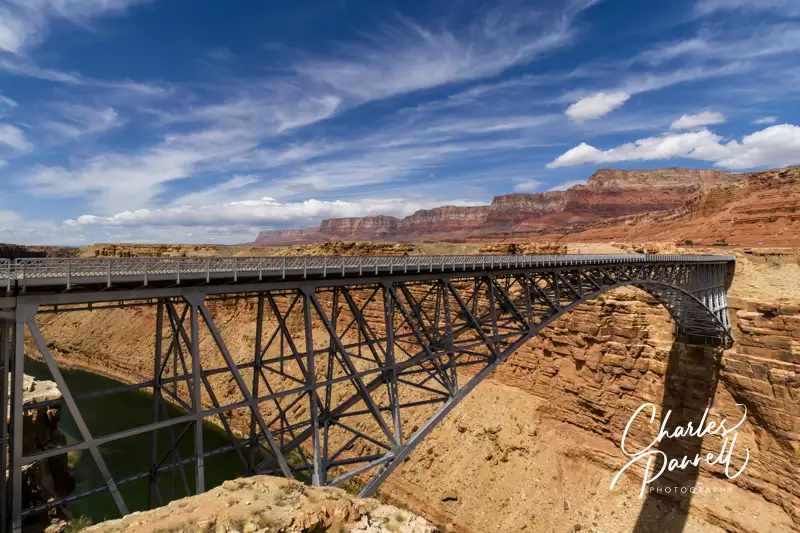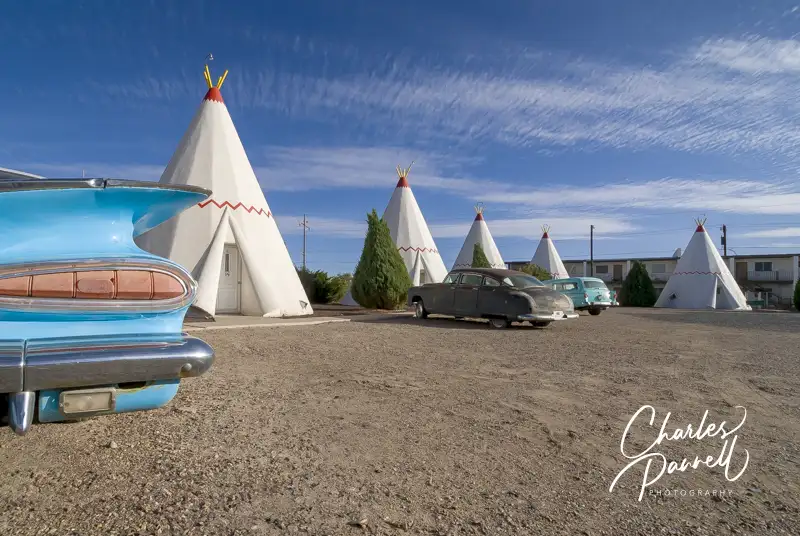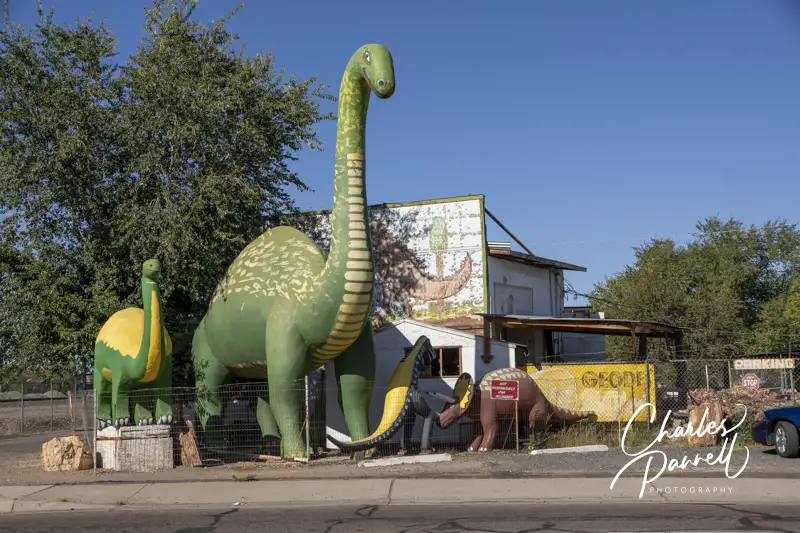Chloride, Arizona
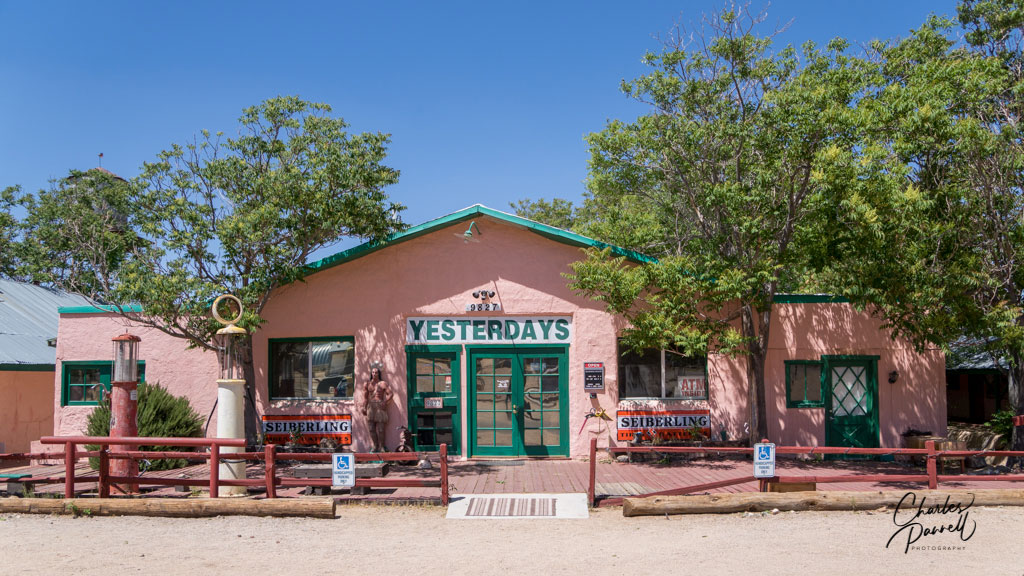 Population 385
Population 385
Billed as the oldest continually inhabited mining town in Arizona, Chloride is located about 25 miles north of Kingman. Surrounded by mineral rich hills, the town was named for the silver chloride deposits found nearby. Today this ghost town’s claim to fame is unusual yard art. The town is pretty quiet so you can just roll down the level streets to explore the growing yard art collection. As far as wheelchair access goes, there’s one accessible parking space near the Mineshaft Market on Tennessee Street, with ramp access to the front door. Yesterdays Restaurant, which is located on 2nd Street, also has accessible parking with level access to the restaurant. It’s kind of a fun little place, and it makes a good stop on the way to Grand Canyon West. And they even have gunfights every now and then.
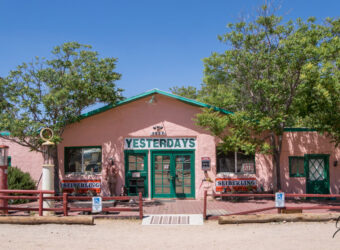


![Library of Congress, Prints & Photographs Division, photograph by Carol M. Highsmith [reproduction number, e.g., LC-USZ62-12345]](https://emerginghorizons.com/wp-content/uploads/2024/12/AZ-Space-Age-Restaurant-2.webp)
